Date modified: 2024-09-13
Share this page:
GEO.ca Initiatives Critical Minerals
Canadian geological survey organizations are collaborating to provide tools and resources to help strengthen the supply chains of critical minerals.
Critical minerals are materials essential for technology, energy production and storage, defense, and infrastructure. The demand for critical minerals is rising quickly and it’s important to diversify the supply to reduce supply shortages and price fluctuations.
To help Canadians discover new and more responsible sources of critical minerals in Canada, Canadian federal, provincial, and territorial geological survey organizations collaborate to provide public geoscience tools and products. The responsible development of these new critical mineral deposits will promote economic growth, strengthen supply chains, and safeguard Canada’s essential industries.
Manufacturing electrical wires requires copper minerals like tetrahedrite.
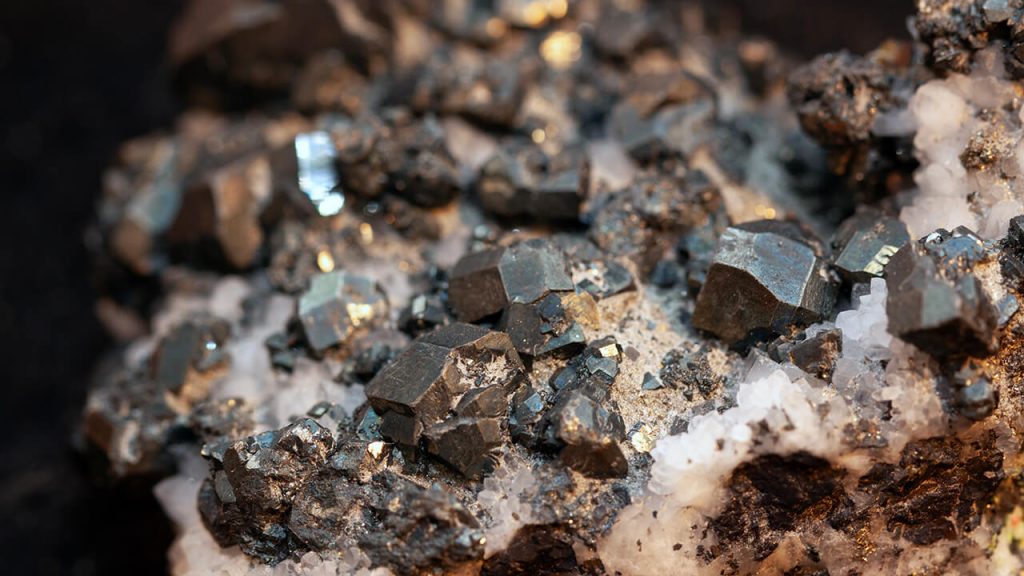
Prospectivity models identify locations that may have critical mineral deposits and represent an important tool for reducing the cost and risk of developing new and more responsible sources of critical minerals. Public geoscience data is an important resource for training these models, which includes not only detailed understandings of how the mineral deposits formed, but also Environmental, Societal and Governance (ESG) data to help define areas that can be developed in the most responsible way.
Rutile is a major source of titanium for the aerospace industry.
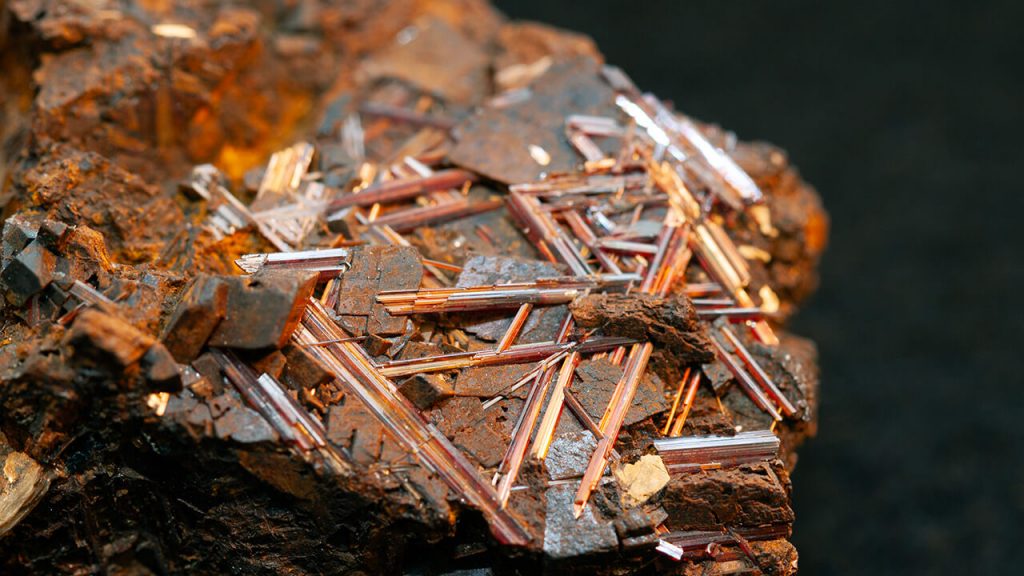

Prospectivity model highlights areas of Canada with the greatest potential for magmatic nickel deposits, which are an important source of nickel for batteries.
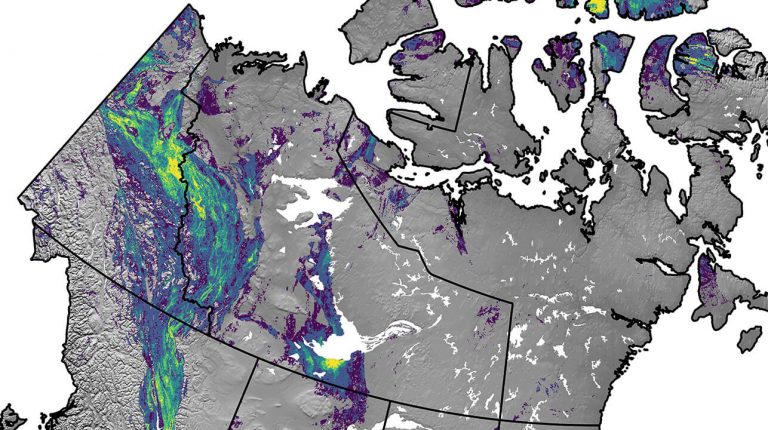
Prospectivity model highlights areas of Canada with the greatest potential for Mississippi-type zinc deposits (MVT), which are important sources of zinc for metal alloys and batteries.
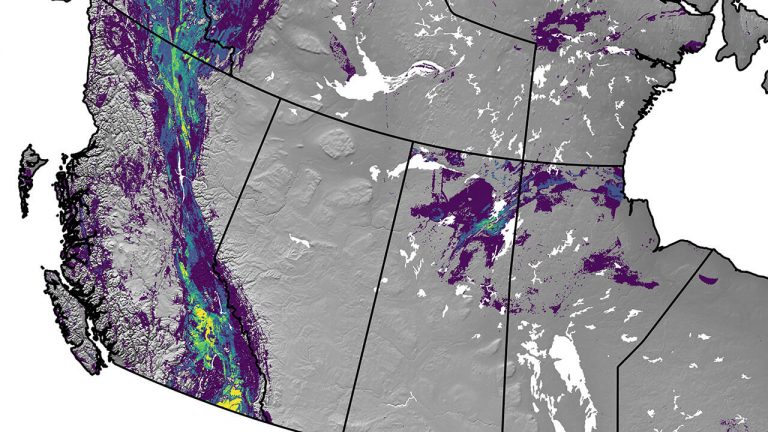
Prospectivity model highlights areas of Canada with the greatest potential for clastic-dominated (CD) zinc deposits, which are important sources of zinc for metal alloys and batteries.
Geoscientific research at the Geological Survey of Canada is conducted in close collaboration with provincial and territorial geological survey organizations. The Intergovernmental Geoscience Accord, as implemented by the National Geological Surveys Committee (NGSC), describes the complementary responsibilities of the participating geological survey organizations. The results of this collaborative research contribute to the Pan-Canadian Geoscience Strategy.
Potash is an essential fertilizer that is sourced from sylvite.
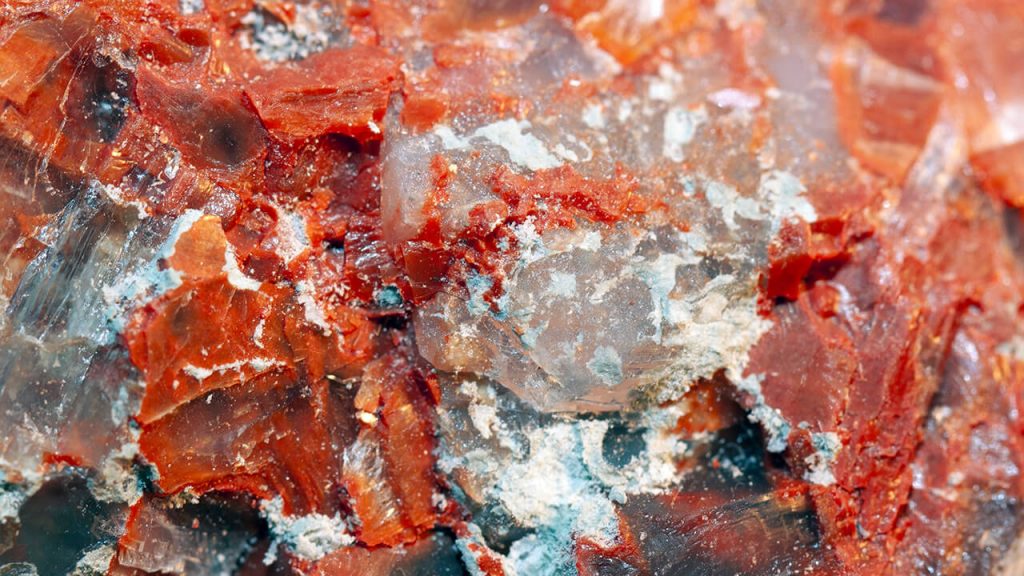
Share this page:
Canada Centre for Mapping and Earth Observation
Natural Resources Canada
Government of Canada
geo@nrcan-rncan.gc.ca

Terms and Conditions
Powered by GEO.ca, Copyright © 2024